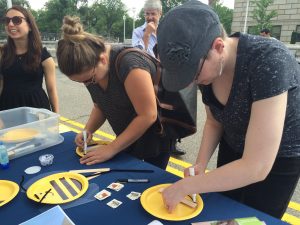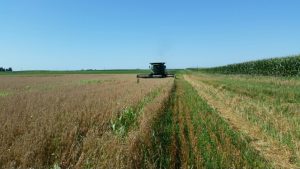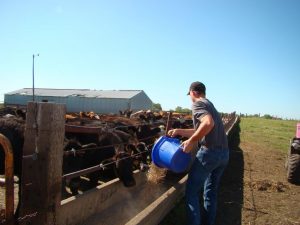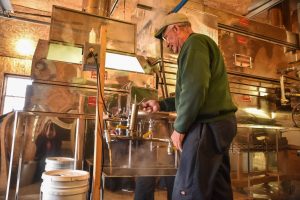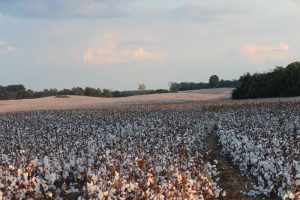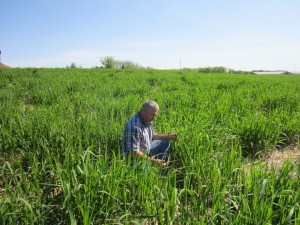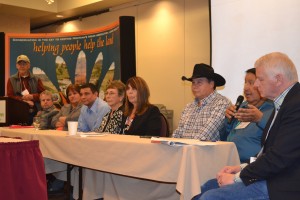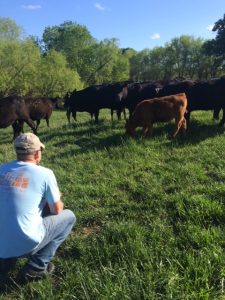
Chad and Melissa Wise started their livestock operation in 2012 and their herd has grown to 55 head today.
By Lauren Moore, Public Affairs Specialist, FSA Office of External Affairs
Alpha, Bravo, Charlie, Delta and Echo are just five of 55 beef cows living on Chad and Melissa Wise’s cattle farm in Fort Scott, Kansas.
Aside from the farm, Chad is a lieutenant colonel in the U.S. Army and an assistant professor at the Army Command and General Staff College in Fort Leavenworth, Kansas. Melissa is a certified public accountant (CPA) and runs her own accounting business. After getting married in 2000, Chad and Melissa lived in eight states and over the last 15 years, Chad has been deployed to Korea, Egypt, Kuwait, Iraq, Afghanistan, and Pakistan. In 2012, when Chad was notified that he would be serving back-to-back deployments, the couple decided to put down roots in Fort Scott, Melissa’s hometown. The same year, Melissa opened her CPA office and they started their beef cattle operation. Continue reading


